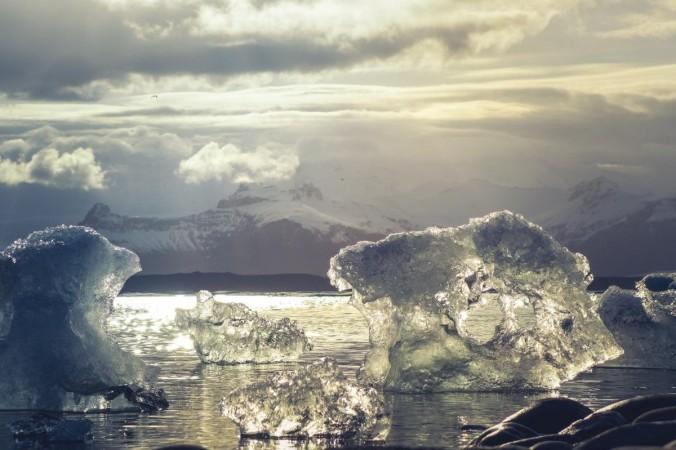Antarctica, the snowy continent on planet earth is the land of mysteries, and the icy continent is home to several scientists who try to uncover the unknown secrets of this unexplored region. And now, a team of NASA scientists has discovered two new lakes buried beneath the icy sheets of Antarctica.
Key process behind global ocean circulation
These lakes discovered under the ice sheets are not normal lakes, instead, they play a crucial role in global ocean circulation. These lakes constantly fill and drain in mysterious cycles that may influence the movement of ice sheets and how and where meltwater reaches the Southern Ocean.

"It's not just the ice sheet we're talking about. We're really talking about a water system that is connected to the whole Earth system," said Professor Matthew Siegfried, a geophysicist at the Colorado School of Mines, and the leader of this study.
Understanding the interconnected lake systems
ICESat mission's follow-up named ICESat-2 is giving crucial understanding about Antarctica's mysterious underwater lakes that are connected to the entire planet earth.
"The discovery of these interconnected systems of lakes at the ice-bed interface that is moving water around, with all these impacts on glaciology, microbiology, and oceanography – that was a big discovery from the ICESat mission. ICESat-2 is like putting on your glasses after using ICESat, the data are such high precision that we can really start to map out the lake boundaries on the surface," added Siegfred.
During the research, Siegfred and his team analyzed data from both ICESat and ICESat-2 missions, and they also studied measurements taken by CryoSat-2, an ice-observing satellite operated by the European Space Agency (ESA).
Scientists who were part of this research religiously studied data from 2003 to 2021, and they found many crucial details about active subglacial lakes in Antarctica.
"Surface deformation due to active subglacial lakes filling and draining provides one of the few remotely accessible windows into the evolution of basal water systems. These systems are otherwise hidden beneath up to 2.5 miles of ice and remain one of the major physical uncertainties on projections of future ice sheet dynamics," wrote the researchers in their paper.

















